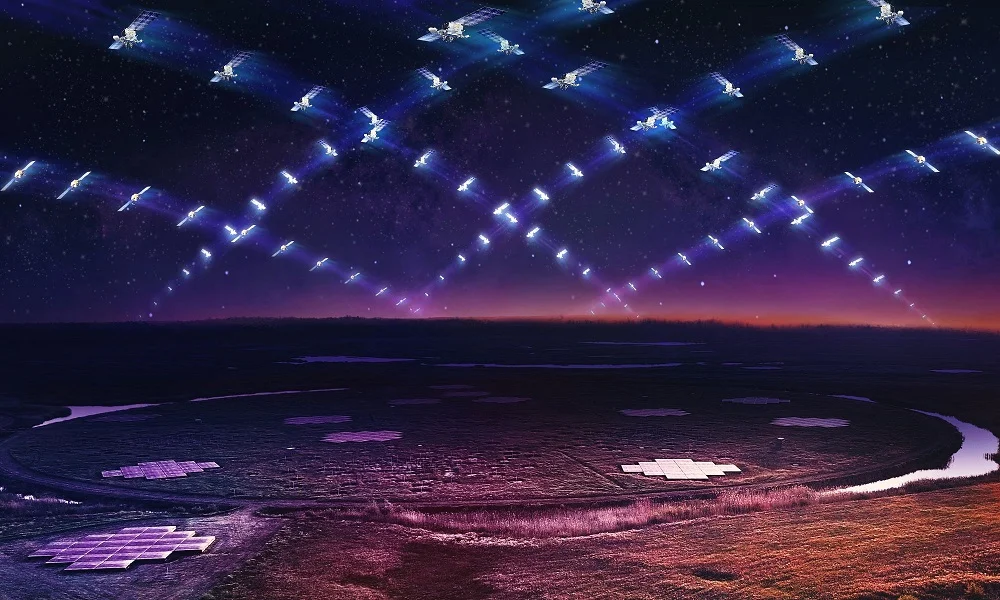Satellite Internet clusters such as Starlink have the potential to connect almost the entire world. Starlink brings Internet access to remote areas long excluded by the Internet revolution, and other projects such as OneWeb and Project Kuiper are under construction. However, creating a large group of low-orbit satellites has side effects, and one of them is a potentially serious impact on astronomy.
Much of the focus on Starlink and astronomy has focused on astrophotography and how the once fairly clear skies are often filled with bright traces from Starlink satellites. For amateurs and even some professional astronomers, this can be alleviated with software tricks. But some areas of research are already affected by satellite tracks, such as the search for potentially dangerous asteroids. Starlink has promised that next-generation satellites will be less bright, but there are more problems beyond the optical spectrum, especially in radio frequencies.
Starlink satellites communicate with each other and with ground antennas via high-frequency radio. Optical astronomy is affected by light reflected from satellites, while radio astronomy is affected by light transmitted. Starlink satellites are essentially radio beacons that can dazzle sensitive radio telescopes. They must be in order to function as communication satellites. While Starlink is already working with radio observatories to mitigate this effect, such as creating no-broadcast zones on sensitive observatories, the new study shows that’s not enough.
A new study published in Astronomy and Astrophysics, shows that even when measures are taken to limit radio emissions near radio telescopes, Starlink satellites continue to emit bright radio light at low frequencies. The authors used LOW Frequency ARray (LOFAR) data from the Netherlands, which observed 68 Starlink satellites as they passed through the observatory. The team found that 47 of them emit radio light in the 110 to 188 megahertz range. Part of this range includes frequencies protected by the International Telecommunication Union (ITU). The 150 to 153 MHz range is reserved for radio astronomy only.
While the study focused on current Starlink satellites, future constellation designs are also at risk. This frequency range can be particularly difficult to maintain, so other satellites are likely to contaminate this frequency range. To demonstrate this, the team investigated how other constellations might affect radio astronomy in the future. They discovered a real threat to radio astronomy. Not only would the 150-153 MHz band become useless to astronomers, other important frequency bands could also become useless.
This research shows that satellite companies should work closely with radio astronomers to see how radio light pollution can be reduced. Otherwise, in the transition to a world where everyone has access to satellite communications, we will lose some vital tools we have for understanding space. Source













